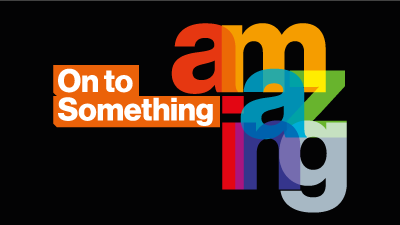Muhannad Ali
Lab Manager
RIT Dubai
Currently Teaching
ISEE-304
Fundamentals of Materials Science
3 Credits
This course provides the student with an overview of structure, properties, and processing of metals, polymers, ceramics and composites. There is a particular emphasis on understanding of materials and the relative impact on manufacturing optimization throughput and quality as it relates to Industrial Engineering. This course is delivered through lectures and a weekly laboratory.
MECE-104
Engineering Design Tools
3 Credits
This course combines the elements of Design process, Computer Aided Design (CAD), and Machine Shop Fabrication in the context of a design/build/test project. You will learn how to work in a team and use a formalized design process to justify and support design choices, how to use a CAD package to create three-dimensional models and assemblies, and how to safely fabricate metal parts using vertical mills and lathes.
MECE-204
Strength of Materials I Laboratory
1 Credits
A required laboratory course taken concurrently with MECE-203. Students investigate a metallic material’s response to axial, torsional, and bending loads. Students are introduced to reduction and analysis of data, basic experimental techniques, and effective report writing.
MECE-306
Materials Science and Applications Laboratory
1 Credits
A required laboratory course taken concurrently with MECE-304 Fundamentals of Materials Science or MECE-305 Materials Science with Applications. Students investigate the effects of the structure, alloying, and processing of materials on their mechanical properties. Students are also introduced to standardized testing methods and effective, professional, report writing.








